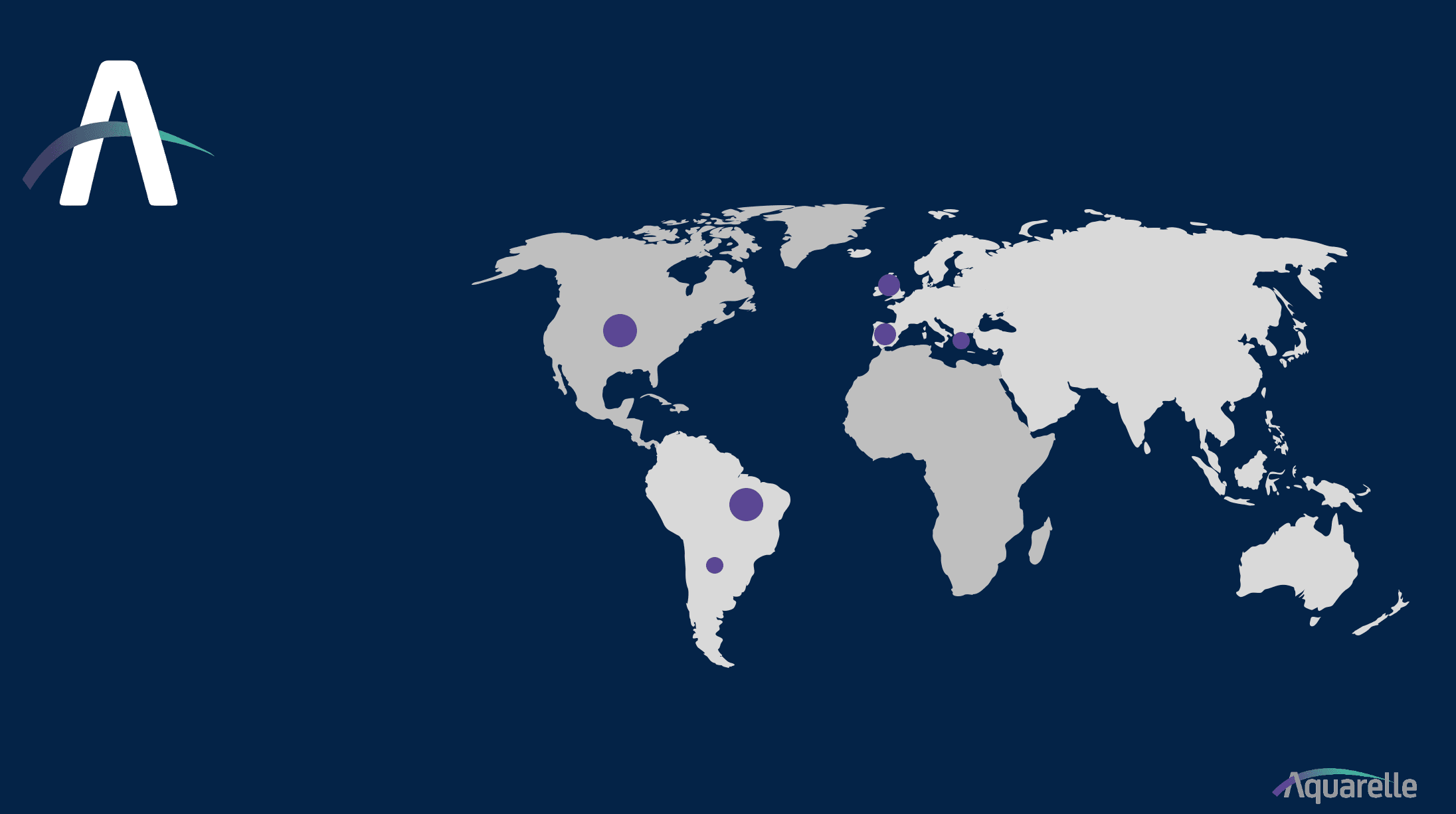How are you and your company planning this journey?
Be proactive, not reactive with Industry 4.0!
Real-time data helps you monitor operations and possible interruptions to keep production running at optimum levels. Are you taking full advantage of your asset to know what is really happening in your plant?

Minimize equipment downtime
One hour of downtime can cost more than US $ 100,000. IBM Maximo™ helps proactively manage the utilization and performance of corporate assets.
Here's how you can get optimal uptime.
What is corporate asset management?
Enterprise asset management (EAM) is a combination of software, systems and services used to maintain and control operational assets and equipment. The aim is to optimize the quality and use of assets throughout their life cycle, increase productive uptime and reduce operating costs.
Enterprise asset management involves work management, asset maintenance, planning and scheduling, supply chain management and environmental, health and safety (EHS) initiatives. In the age of the Internet of Things (IoT) - with everything from valves to vehicles connected by sensors and systems - professionals are incorporating advanced analytics and artificial intelligence (AI) into EAM. Data collected from instrumented assets is analyzed using AI techniques. The resulting insights help maintenance teams make better decisions, increase efficiency, carry out preventive maintenance and maximize investments in their physical assets.
What is the difference between EAM and CMMS?
EAM is often associated with a computerized maintenance management system (CMMS), but a closer look at EAM versus CMMS reveals that they are different. A CMMS can be one aspect of EAM. It focuses on centralizing information to facilitate and automate maintenance management processes.
EAM is an asset lifecycle management approach that supports asset performance from acquisition to disposal.
Why is corporate asset management important?

EAM is important because it helps organizations track, evaluate, manage and optimize the quality and reliability of assets. Organizations of all kinds have hundreds, thousands and even millions of assets. They are asset-intensive . Assets come in many shapes and sizes - railroads, pipelines, manufacturing equipment, transportation fleets, windmills - and include virtually any piece of equipment needed to sustain production, services and operations. EAM best practices help maintenance teams gain greater control of complex environments for:
- Centralize asset information: a CMMS, as part of EAM, tells maintenance managers where an asset is, what it needs, who should work on it and when. It automates critical asset management workflows and makes them accessible and auditable.
- Solve problems before they happen: the Asset management software supports preventive features to maintain equipment for stable and continuous operations. This helps ensure warranty compliance and avoid problems that interrupt production.
- Monitor assets more intelligently remote monitoring with AI technology offers a practical view of the current and expected state of assets. It aggregates data across departments and information silos, allowing for less accurate alerts and improved decision-making.
- Maximize the use of assets: real-time and historical data collected from IoT devices and analytical and diagnostic tools help to extend the availability, reliability and lifespan of physical assets.
- Managing old assets and infrastructure: equipment life cycles are extended through more informed maintenance strategies and by incorporating risk management into business processes to improve return on investment.
- Improve maintenance management: IoT, AI and analytics improve equipment maintenance practices. Asset tracking and traceability meet increasingly complex environmental, health and safety requirements.
- Consolidating operational applications: o EAM helps establish a single technology system to manage virtually all types of assets. Processes are unified and standardized for comprehensive asset functions in a company.
Asset management is the basis of Industry 4.0 in industrial plants, and planning this journey, having planned, structured maintenance, with trained people, will also bring more adherence and productivity to the company.
How are you planning your journey? We can contribute!
We want to take you further! Let's go?



